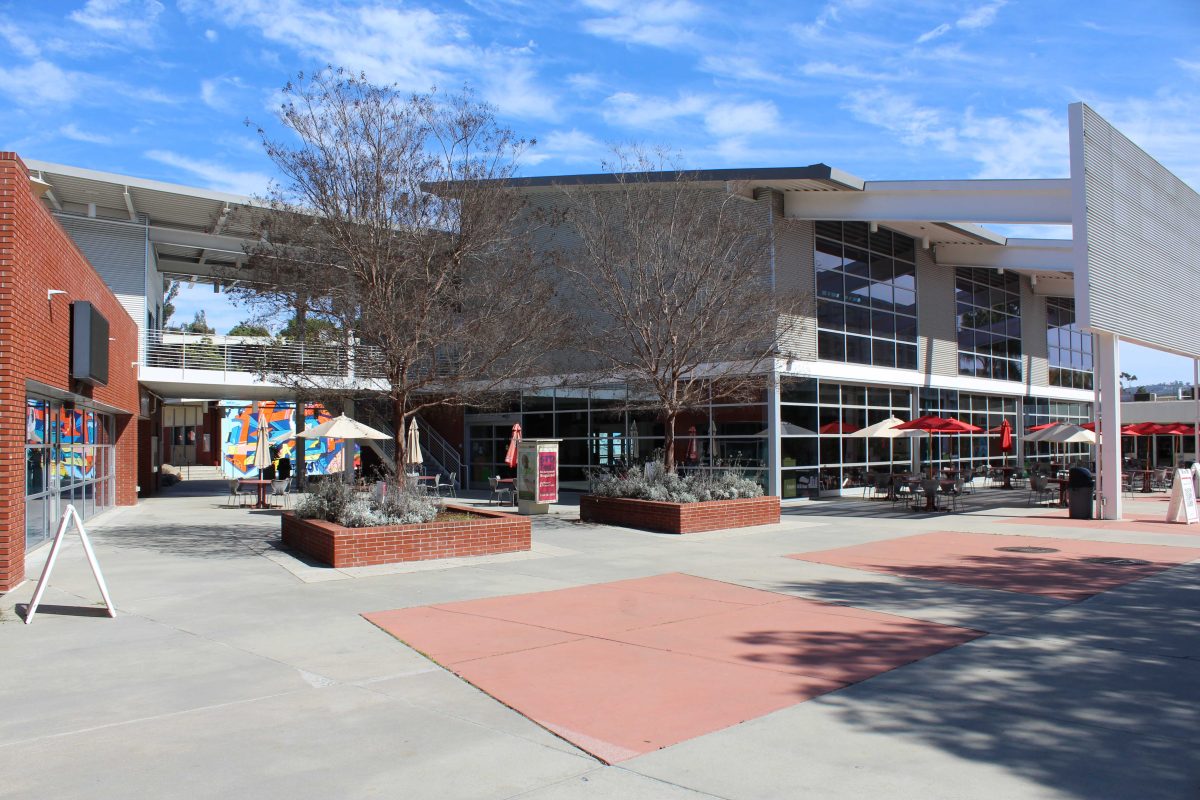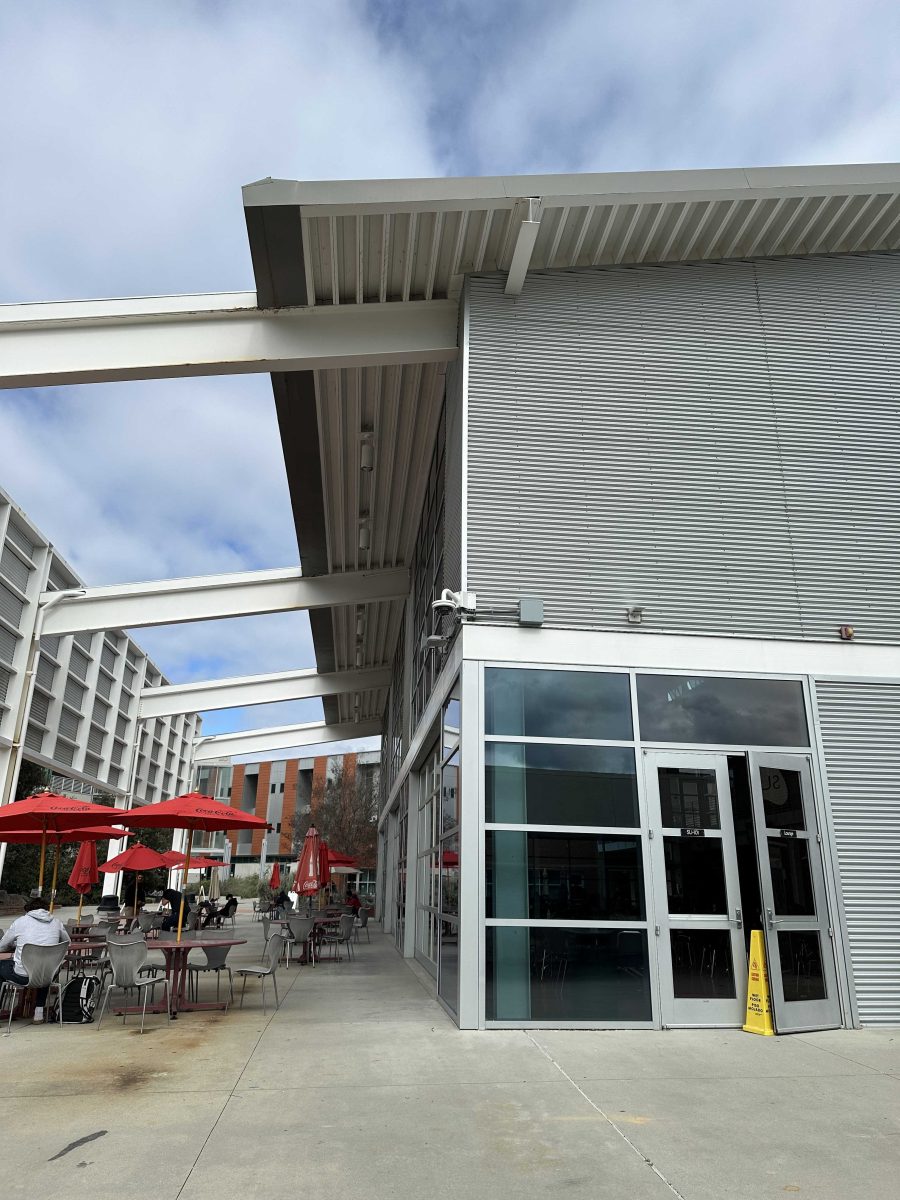Story by Linus Smith
The Scion Group, a company working with Palomar College to determine the feasibility of on-campus housing, presented their findings on April 22 regarding a housing interest survey they conducted in February.
Scion is an advisory group that works with colleges around the country to plan for on-campus housing. Earlier this year, they began working with Palomar to determine whether there was a need for on-campus housing, and whether it would be in high enough demand to be sustainable.
After receiving the completed surveys from over 1,400 student, faculty and staff respondents, “Scion has found that there is sufficient demand on this campus for student housing,” AJ Yoon, a consultant for Scion said.

Housing Units
For those who participated in the survey, the vast majority of respondents answered that cost was the most important factor, as opposed to privacy, personal kitchen, etc… in considering whether they would choose to live in the potential housing units.
At the presentation, Yoon provided several options for housing units that Palomar could use, as well as what their corresponding costs might be.
The cheapest of the preliminary recommendations was a four bedroom, two bathroom suite, which would cost $745 rent per bed/per month, and would not include a kitchen. The most expensive housing unit would be a two bedroom, one bathroom apartment, which would cost $1,064 rent per bed/per month, and would include kitchen.
Yoon also said that if this project were to be taken on, the building would likely have a common area where students would have access to a kitchen, dining, and a lounge area.
The cost of rent will include the cost of water, electricity, internet and furnishing for the units. Yoon estimated that furnishing would be replaced about every four to five years.
When asked whether students would be willing to pay these rates, there was a mixed response. Some indicated that they believed the rates were very fair, especially when considering local market prices. Others indicated they believed they could find more affordable rents elsewhere in the area.
“My limit would be willing to pay the $745 a month,” said Palomar student Angel Duarte. “The rest seem way too expensive compared to ones you could actually afford splitting with roommates outside of campus.”
Given the relatively comparable rates to other housing options in the area, Duarte noted that the factors that would tip the decision for, or against Palomar housing, would be what kind of additional amenities would be provided to Palomar residents, such as a gym, swimming pool, and laundry station.
What are the Benefits?
Numerous studies suggest that students who utilize on-campus housing often see higher retention rates, as well as higher average GPA’s and graduation rates. This is due in part because of students’ close proximity to the college, which allows them to become more active in engaging in outside of classroom learning opportunities, such as guest speakers. Students who live on campus are also more likely to engage in extracurricular activities, and interact with peers.
As part of their survey, 80 percent of student respondents “believe that housing would be an important factor in attracting and retaining students.”
Faculty and staff also participated in the survey, as their would like be housing constructed for them as well.
Faculty and staff made up 418 of the survey respondents, and they believed that having housing on campus would be “important in attracting and retaining future faculty/staff.” As finding affordable housing in the area proves to be one of the challenges in taking a job at Palomar. The survey noted that the faculty and staff who were most interested in the prospect of on campus housing have been employed at the college for less than two years, with just over half of those respondents expressing interest.
They also listed cost as the most important factor when considering whether they would utilize on campus housing.
Cindi Spencer, who works at Palomar’s writing center as a computer technician attended the presentation, and expressed some concern over the cost of preliminary estimated costs of the units.
“One time I was in the hospital, and I was there overnight because I didn’t have transportation and one of the interns handed me a key, there was a room, very tiny, with a bed and that was it,” Spencer said. “I was looking for something more like that for the homeless students. A safe place where the students can sleep, and at a much lower cost than any of these cost being presented here.”
What are the Risks?
“It’s a huge financial project,” Yoon said, “It’s going to be a commitment for the school to make for the next 30 years.” She noted that there are numerous unpredictable variables in the economy that could determine whether the student housing units will be consistently filled at a high enough rate so as to not cost the college money.
In addition to construction costs, there will also be the cost of maintaining and refurbishing the rooms, as well as requiring additional staffing to fulfill the various needs that having people living on campus demands.
What Comes Next?
Many of the logistical questions asked during the presentations were left unanswered, as the Scion Group are still finalizing their feasibility study. Yoon stated that she expects that the final report should be ready within the next couple of weeks.
Once it is finished, it will be disseminated to the campus community, and the Governing Board will decide whether Palomar will carry this project further. If that is the case, Scion may continue to work with Palomar to make recommendations as to how student housing might best be implemented.
Given the relatively comparable rates to other housing options in the area, Duarte noted that the factors that would tip the decision for, or against Palomar housing, would be what kind of additional amenities would be provided to Palomar residents, such as a gym, swimming pool, and laundry station.
What are the Benefits?
Numerous studies suggest that students who utilize on-campus housing often see higher retention rates, as well as higher average GPA’s and graduation rates. This is due in part because of students’ close proximity to the college, which allows them to become more active in engaging in outside of classroom learning opportunities, such as guest speakers. Students who live on campus are also more likely to engage in extracurricular activities, and interact with peers.
As part of their survey, 80 percent of student respondents “believe that housing would be an important factor in attracting and retaining students.”
Faculty and staff also participated in the survey, as there would like be housing constructed for them as well.
Faculty and staff made up 418 of the survey respondents, and they believed that having housing on campus would be “important in attracting and retaining future faculty/staff.” As finding affordable housing in the area proves to be one of the challenges in taking a job at Palomar. The survey noted that the faculty and staff who were most interested in the prospect of on campus housing have been employed at the college for less than two years, with just over half of those respondents expressing interest.
They also listed cost as the most important factor when considering whether they would utilize on campus housing.
Cindi Spencer, who works at Palomar’s writing center as a computer technician attended the presentation, and expressed some concern over the cost of preliminary estimated costs of the units.
“One time I was in the hospital, and I was there overnight because I didn’t have transportation and one of the interns handed me a key, there was a room, very tiny, with a bed and that was it,” Spencer said. “I was looking for something more like that for the homeless students. A safe place where the students can sleep, and at a much lower cost than any of these cost being presented here.”
What are the Risks?
“It’s a huge financial project,” Yoon said, “It’s going to be a commitment for the school to make for the next 30 years.” She noted that there are numerous unpredictable variables in the economy that could determine whether the student housing units will be consistently filled at a high enough rate so as to not cost the college money.
In addition to construction costs, there will also be the cost of maintaining and refurbishing the rooms, as well as requiring additional staffing to fulfill the various needs that having people living on campus demands.
What Comes Next?
Many of the logistical questions asked during the presentations were left unanswered, as the Scion Group are still finalizing their feasibility study. Yoon stated that she expects that the final report should be ready within the next couple of weeks.
Once it is finished, it will be disseminated to the campus community, and the Governing Board will decide whether Palomar will carry this project further. If that is the case, Scion may continue to work with Palomar to make recommendations as to how student housing might best be implemented.
The Governing Board received the presentation on the preliminary study findings on April 23. The Trustees appeared to be interested in moving forward with the project, but are waiting to receive further briefings on the fine points of implementing on-campus housing before making a final decision.
Trustee Nina Deerfield raised a concern about the cost of the housing units themselves, and whether students would be able to afford them. Superintendent/President Joi Lin Blake responded that if student housing were to be implemented, the students utilizing it would see a boost in their financial aid packages to make the rents more affordable.
Scion also provided the estimated financial benefits of implementing campus housing. Depending on the amount of housing provided, Scion predicted the revenue of the college to be between $11 million and $15 million. However, a portion of that money will need to be used for the maintenance of the housing, as well as staffing and any additional costs that come as a result of having housing on campus.







































































